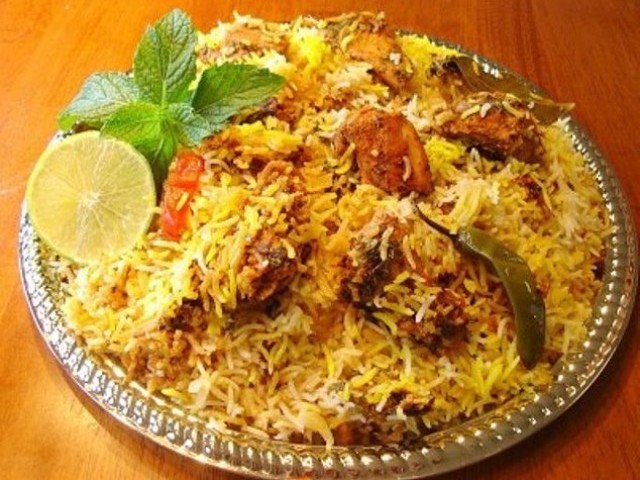BIRYANI

Derived from the Persian word ‘Birian’, biryani is a spicy rice and meat dish which is prepared by mixing layers of rice, meat, tomatoes, fried onions, spices, and food colour.
Biryani making is an art – one has to know how long rice should be cooked for, before it can be arranged in layers along with the meat and tomatoes. The rice can become soggy if boiled excessively, or even remain undercooked if not boiled for an appropriate amount of time.
All biryani lovers take their biryani very seriously. They feel irked if the biryani isn’t yellow enough or if there’s no khewra (rose water) sprinkled on top. Some take it quite personally when biryani is not served with raita (yogurt). It has become such an integral part of our culture that no desi wedding is complete without a few deghs of biryani. Moreover, biryani deghs are commonly distributed among the poor during Ramazan and Ashura.
Many of us, however, have no idea how biryani came into our lives and cemented itself as a cultural edifice.
 It is believed that the dish was first introduced in the subcontinent during the Mughal era. It is said that biryani originated from Persia via Afghanistan and North India. During the reign of the Mughals, Lucknow was known as Awadh, and the biryani craze there led to the creation of a specialised Awadhi Biryani.
It is believed that the dish was first introduced in the subcontinent during the Mughal era. It is said that biryani originated from Persia via Afghanistan and North India. During the reign of the Mughals, Lucknow was known as Awadh, and the biryani craze there led to the creation of a specialised Awadhi Biryani.
Comments
Post a Comment